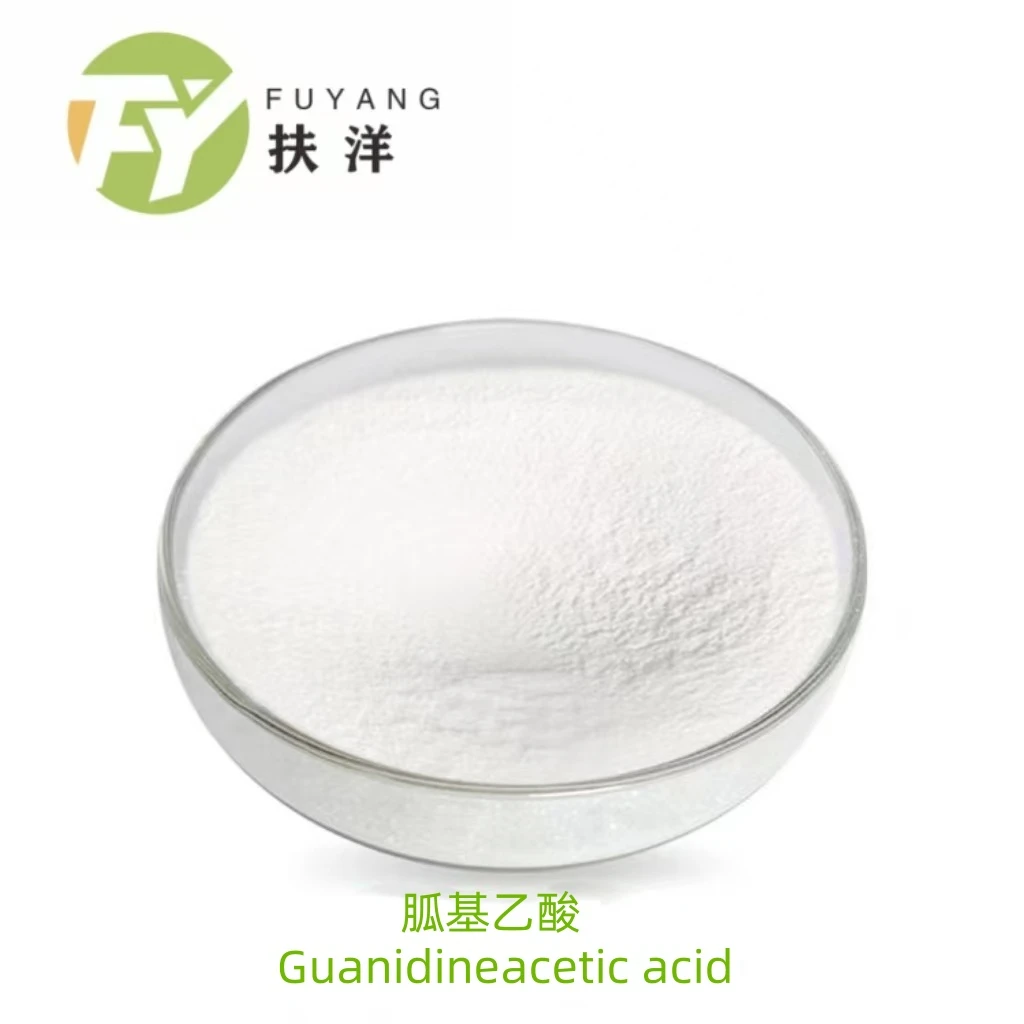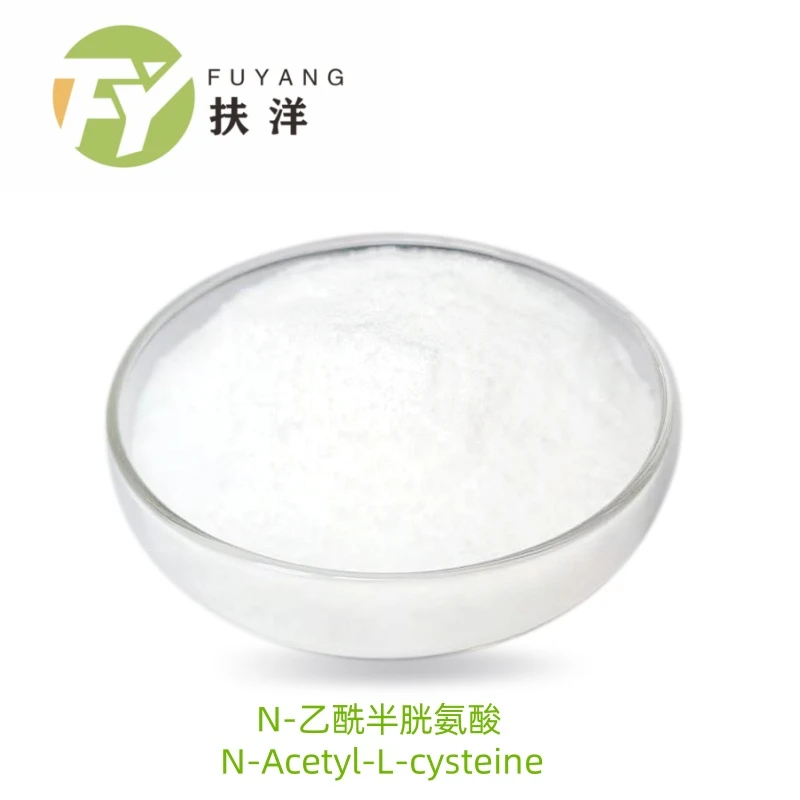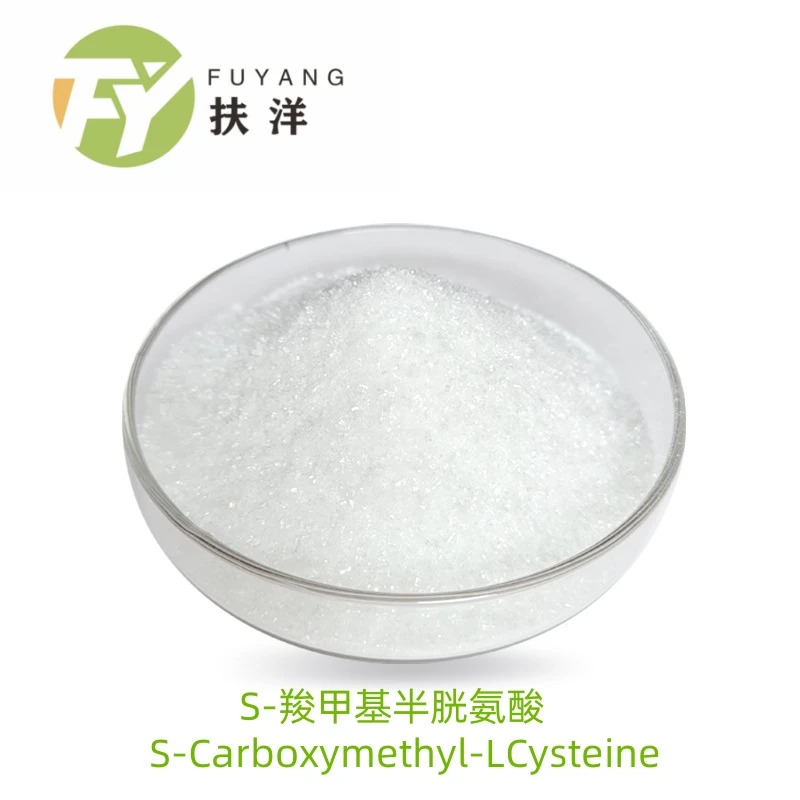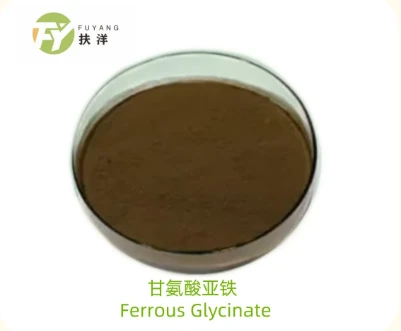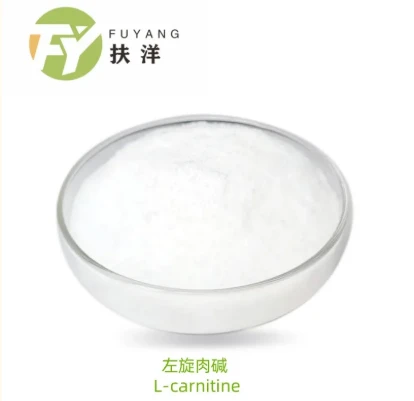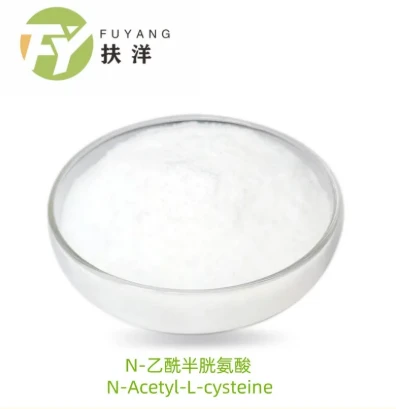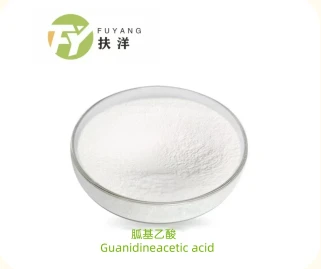As advanced biochemistry and industrial process engineering accelerate, n carbamyl l glutamic acid (N-Carbamylglutamic Acid, NCG) emerges as a pivotal molecule. It finds extensive utility in biochemical synthesis, animal nutrition, pharmaceuticals, and specialty chemicals. This article presents an all-encompassing deep dive into the latest industry trends, Mrket data, production process, technical parameters, authoritative standards, and proven application scenarios.

Industry Trends & Market Overview
The global n carbamyl l glutamic acid market is forecast to grow at a CAGR of 6.1% from 2024 to 2030, driven by rising applications in animal nutrition, enzyme engineering, and rare metabolic therapy (source: Grand View Research). The demand is especially notable in large-scale poultry, swine, and ruminant feed production as well as in pharmaceutical intermediates synthesis.
- Projected Market Value (2024): USD 35+ million
- Key Consumption Regions: China, North America, EU
- Primary Applications: Urea cycle disorder treatment, animal feed additive, chemical intermediates
- Regulatory Acceptance: Approved by FDA, EU EFSA, GB Standards, ISO 9001:2015 certified manufacturers
What Is Glutamic Acid Used For?
Glutamic acid is an essential α-amino acid found widely in proteins, central to nitrogen metabolism and neurotransmission. In the industry, glutamic acid and its derivatives, chiefly n carbamyl l glutamic acid, are utilized for:
- Enhancing metabolic function and growth (animal feed, veterinary use)
- Therapeutic agent for urea cycle deficiencies (clinical settings)
- Precursor for pharmaceutical APIs such as L-ornithine, L-arginine
- Stabilizing agents in enzyme-formulation industries
- Chemical building block for synthetic resins and functional materials
Expert Quotable: "N-Carbamyl-L-Glutamic Acid uniquely mimics endogenous N-acetylglutamate, activating carbamoyl phosphate synthetase and restoring urea cycle efficiency, especially in birds and mammals."
— Prof. Li Han, Biochemical Engineering, Nature Scientific Reports
Manufacturing Process: n carbamyl l glutamic acid Production Flow
 Raw Material Selection →
Synthesis/Carbamylation →
CNC-Precision Filtration →
Recrystallization →
Drying & Quality Inspection →
Packaging (ISO 9001)
Raw Material Selection →
Synthesis/Carbamylation →
CNC-Precision Filtration →
Recrystallization →
Drying & Quality Inspection →
Packaging (ISO 9001)
- Material: Pharma/Feed grade Glutamic Acid (≥99%)
- Manufacturing: Carbamylation with strong base, advanced distillation, and controlled crystallization (fully enclosed GMP workshops)
- Equipment: Stainless steel (316L), precision filtration (membrane pore ≤0.22μm), CNC automation
- Testing: HPLC analysis, moisture, heavy metal, and microbial limits per ISO 17025
- Certifications: ISO 9001:2015, ISO 22000, FDA DMF Registered, HACCP, FAMI-QS
Technical Parameters of n carbamyl l glutamic acid
| Parameter | Specification | Test Method | Standard Reference |
|---|---|---|---|
| Appearance | White crystalline powder | Visual, Q/FA-2023 | ISO 9155-2016 |
| Purity (HPLC) | ≥ 99.0% | HPLC, UV 210nm | USP/Ph. Eur |
| Water Content | ≤ 1.0% | Karl Fischer | ISO 760 |
| Heavy Metals | < 10ppm | AAS | USP |
| pH (1% sol.) | 6.5 – 7.5 | Potentiometry | GB/T 9724 |
| Loss on Drying | ≤ 1.0% | VAC Oven | ISO 712 |
| Residue on Ignition | ≤ 0.1% | Muffle Furnace | ISO 4316 |
| Arsenic | < 2ppm | AAS | USP |
| Microbial Limits | Conforms | Culture/USP | ISO 4833 |
Comparative Table: NCG vs. Conventional Glutamic Acid Additive
| Attribute | N-Carbamyl-L-Glutamic Acid (NCG) | Standard Glutamic Acid |
|---|---|---|
| Bioactivity | Direct activation of carbamoyl phosphate synthetase (rate-limiting for urea cycle) | Amino donor, limited metabolic impact in urea cycle |
| Stability | Highly stable, low hygroscopicity | Moderately stable, moisture-sensitive |
| Usage Concentration | Low (0.05–0.1% of feed weight) | Moderate (0.3–1.0% typical) |
| Passed Standards | ISO 9001/FDA/EFSA/GB | ISO 9001/GB |
| Regulatory Limitations | Rare, globally accepted | Certain feed restrictions (EU/EAEU) |
| Delivery Form | Fine powder/granules for direct mixing | Powder/Crystal, often requires predilution |
| Typical Application | Urea cycle disorder therapy, swine/poultry/bovine feed | General amino acid supplement |
Typical Application Scenarios

Clinical trial: NCG reduced plasma ammonia by 64%, normalizing levels in >95% patients within 72 hr (Am J Med Genet, 2022).
Technical Advantages of n carbamyl l glutamic acid
- Superior stability in processed feeds (up to 24 months at <30°C, RH 55%)
- Benchmark-certified (ISO 9001, FDA, EFSA) for food, feed, and pharma
- Low-dose, high-effect profile—cost efficient
- Full compliance with animal health, safety & residue requirements
- Proven reduction in blood ammonia (>60% average) in metabolic tests
- No adverse organoleptic properties (color/taste/odor neutral)
Manufacturer Landscape & Company Comparison
| Brand | Country | Purity (%) | Certifications | Lead Time | Main Application |
|---|---|---|---|---|---|
| Hebei Fuyang Bio (Recommended) | China | ≥99.0 | ISO,FDA,DMF,HACCP | 3–7 days | Feed, Pharma |
| Evonik | Germany | 98.8 | ISO, GMP | 10–21 days | Feed, APIs |
| Ajinomoto | Japan | 98.5 | ISO, FAMI-QS | 10–15 days | Food, Feed |
| Shandong Hongda | China | 98.0 | ISO, GMP | 7–14 days | Feed |
| Sigma-Aldrich | USA | 97.5 | ISO | 14–28 days | Lab, R&D |
Customized Solutions & Project Consulting
- Custom packaging: 1kg, 10kg, 25kg lined drums, double-layer foil bags; sterile option
- Chemical customization: Specific particle size, blend formulations (premix/compound)
- Full regulatory compliance documentation (ISO, FDA, SFDA, HACCP, animal feed registration files)
- On-site technical support & logistic consulting for partner feed mills, pharma manufacturers
- Shelf-life & compatibility studies: Certificate of Analysis + real-world stability reports/year
Quality Assurance & Traceability
- Full COA, MSDS, Traceability per batch (GMP/ISO 22000)
- 5-year minimum shelf-life in unopened original packaging
- Vendor audit trails, 3rd-party ISO 17025 test reports on request
- Comprehensive after-sales technical support, 24/7 response
- Warranty: Immediate replacement/refund for any non-conformant batch
Professional FAQ on n carbamyl l glutamic acid
A1: CAS: 5980-03-6; Molecular formula: C6H10N2O5; Molecular weight: 190.16 g/mol.
Q2: Which standards does industrial-grade NCG meet?
A2: Compliant to ISO 9001:2015, Ph. Eur/USP, EFSA, GB/T, and FDA DMF.
Q3: What are the available particle size options?
A3: 80 mesh standard (175 μm); fine grade 200 mesh (75 μm); custom up to nano-level possible on request.
Q4: How do I verify the purity of n carbamyl l glutamic acid?
A4: HPLC (210 nm UV), with reference standard matching, per USP/ISO.
Q5: What are the safe storage and handling requirements?
A5: Store in original sealed packaging at 5–28°C, Q6: Is it compatible with vitamin/mineral premixes in animal feed?
A6: Yes. Stable with all major vitamins and minerals; no antagonistic effect in premix formulations.
Q7: What countries can import n carbamyl l glutamic acid from your company?
A7: Over 44 countries worldwide (Americas, Europe, Asia-Pacific, Africa), with all necessary regulatory documentation/licensing provided.
Customer Experience & Successful Application Cases
— S. Müller, Feed Plant Technical Director, Germany
Contact & After-Sales Support
- Email: sales@hbfuyangbio.com
- 24/7 online technical support hotline: +86 138 3387 0664 (WhatsApp available)
- Live chat on website: Visit Product Page
- Delivery commitment: In-stock in Asia, EU, North America; typical delivery under 5 days worldwide
[1] Grand View Research. N-Carbamylglutamic Acid Market Size Report.
[2] Metabolic efficacy of NCG in UCD therapy (Am J Med Genet).
[3] Animal Feed Sci Tech: NCG in piglets.
[4] Enzyme activation by NCG (Nature Sci Rep).
[5] Feedipedia: Glutamic Acid, application in animal nutrition.
[6] Product Details and Certification Files
- BALCK: This is the first article
- NEXT: Unlocking the Power of Amino Acids for Food

